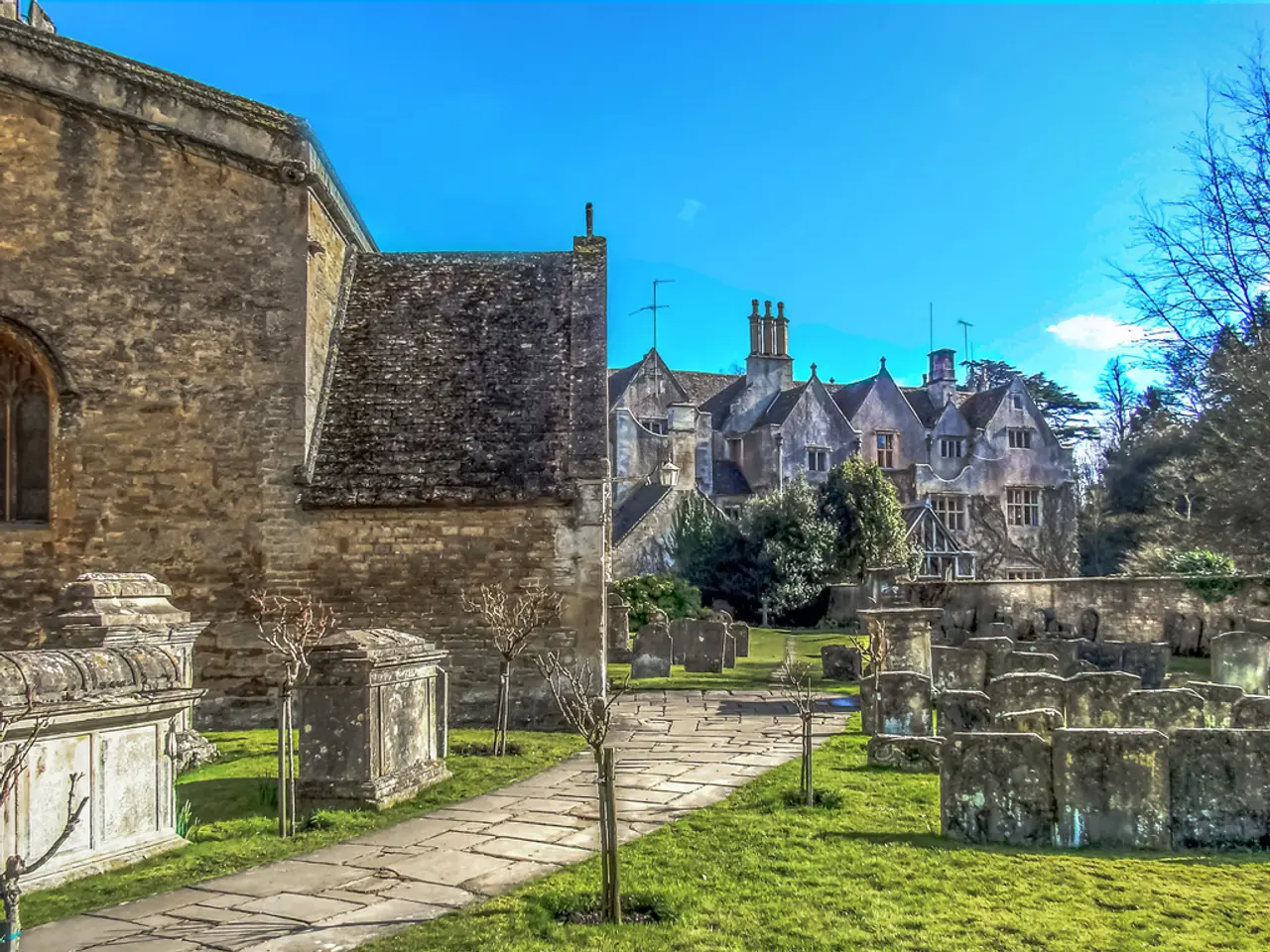Construction of Satyajit Ray's ancestral home halted midway, following the destruction of its third part
In a surprising turn of events, the demolition of a century-old house believed to be the ancestral home of legendary filmmaker Satyajit Ray in Mymensingh city has sparked outrage among cultural activists and international observers. The house, located on Hori Kishore Roy Road, was previously used as the district's Shishu Academy.
The demolition was halted on July 16, 2021, following a written request from Sabina Yasmin, a field officer of the Department of Archaeology's Shashi Lodge Museum, seeking information on the demolition. The deputy commissioner subsequently suspended the demolition work.
However, official Bangladeshi records state that the demolished building had no historical or familial links to Satyajit Ray or his ancestors. According to the Ministry of Foreign Affairs of Bangladesh, the demolished property was originally constructed by a local zamindar for his employees and had no connection with the Ray family.
Despite this, reports from Indian media and cultural commentators describe the demolished house as the ancestral home of Upendrakishore Ray Chowdhury, Satyajit Ray's grandfather, and emphasize its cultural significance as part of Bengal's literary and artistic heritage. This has prompted calls from West Bengal's Chief Minister and cultural preservationists to conserve the property, indicating the building symbolized a shared cultural legacy.
The house, classified as a second-category structure under the Mymensingh Urban Heritage Management Plan, was also used temporarily by philanthropist Ranada Prasad Saha of Tangail, according to archaeological researcher Swapan Dhar. He also clarified that the house, though located on a road named after Horikishore Ray, a relative of Satyajit Ray, is not the same house as the one believed to be Satyajit's ancestral home. The house, which did belong to the Ray family, is a rare structure located a short distance from the house in question.
The matter has been reported to higher authorities who will now decide on its preservation. A meeting on the matter is scheduled for 4pm today, with more details to be shared afterwards. Much of the house has already been demolished, and further actions will be decided based on the findings of the report.
The demolition has drawn reactions from cultural activists and international observers, with some calling for the restoration of the house and recognition of its cultural significance. The house, whether it is truly connected to Satyajit Ray's family or not, stands as a testament to the rich cultural heritage shared by Bangladesh and India.
[1] The Daily Star, "Satyajit Ray's ancestral home in Mymensingh demolished," July 17, 2021. [2] The Telegraph, "Satyajit Ray's ancestral home in Mymensingh demolished: Outrage in India," July 17, 2021. [3] Ministry of Foreign Affairs, Government of the People's Republic of Bangladesh, "Statement on the Demolition of a House in Mymensingh," July 19, 2021.
- The controversy over the demolished house in Mymensingh, believed to be the ancestral home of Satyajit Ray's grandfather, Upendrakishore Ray Chowdhury, has sparked calls for its restoration and recognition as a significant part of Bengal's literary and artistic heritage, and symbol of shared cultural legacy, in the domains of general news, lifestyle, and education-and-self-development.
- The home-and-garden section might also be interested in the demolition of a house once used by philanthropist Ranada Prasad Saha, a secondary structure under the Mymensingh Urban Heritage Management Plan, which has raised questions and concerns about the preservation of historical properties.




